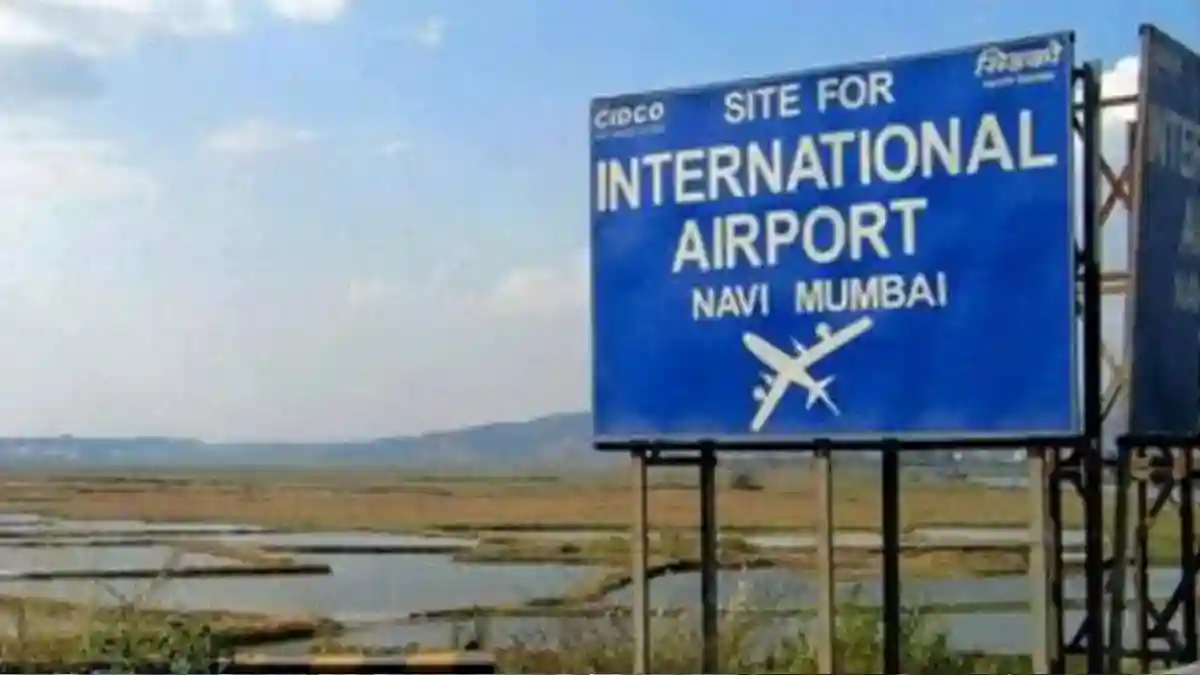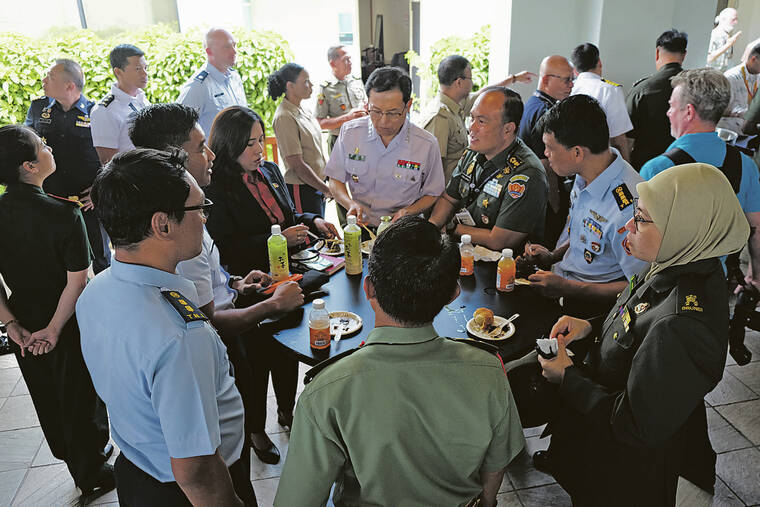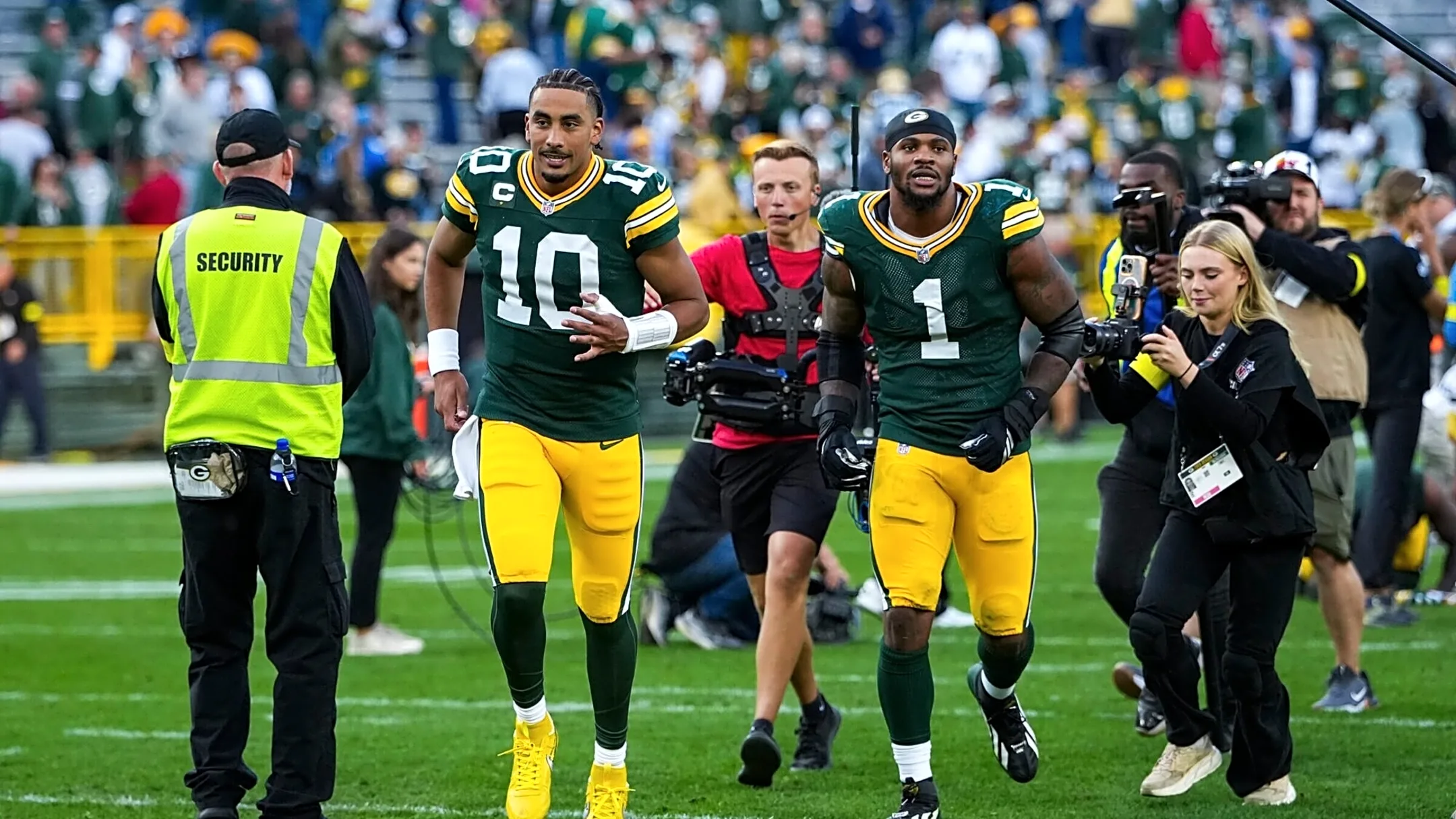Navi Mumbai Airport Opening: As Navi Mumbai International Airport Gets Ready for Operations, Know How To Reach by Roads and Other Modes of Transport
By Team Latestly
Copyright latestly

Navi Mumbai, September 16: On Sunday, September 14, a massive car rally was organised from Thane’s Bhiwandi to Navi Mumbai demanding that the upcoming Navi Mumbai International Airport be named after late farmer leader D B Patil. Hundreds and thousands of people joined the rally, which was led by NCP (SP) leader and Bhiwandi MP Suresh Mhatre. The international airport in Navi Mumbai, called NMIA, will be opened by the end of this month, most probably on September 30. The phase 1 operations, which include Terminal 1 at Navi Mumbai International Airport, will handle 20 million passengers annually while offering better connectivity for passengers across Maharashtra and India, reports News18. The NMIA has been developed to ease pressure on Mumbai’s existing airport, Chhatrapati Shivaji Maharaj International Airport, in addition to improving connectivity and handling a large volume of annual passenger and cargo. As the Navi Mumbai International Airport gets ready for operations, let’s know how to reach the airport by various modes of transport from Mumbai, Thane and other cities. Navi Mumbai International Airport’s First 2 Phases To Be Commissioned by March 2025 With 20 Million Passengers Handling Capacity per Annum. How To Reach Navi Mumbai International Airport To reach the Navi Mumbai International Airport (NMIA), which is located in Navi Mumbai near Ulwe and Panvel, passengers can use roads and highways such as the Mumbai-Trans Harbour Link (MTHL), also called Atal Setu, Sion-Panvel Highway, NH 348A, Amra Marg, the Eastern Freeway and the Ulwe Coastal Road (UCR). The 22-km Atal Setu, which connects Mumbai’s Sewri to Nhava Sheva in Navi Mumbai, will bring down the travel time to 20 minutes from the bridge end to NMIA. Passengers Can Opt for Metros, Buses and Public Transport On the other hand, the existing highways such as Sion-Panvel Highway, NH 348A, and Amra Marg connect Mumbai, Thane, and the suburbs to Navi Mumbai and NMIA. Similarly, passengers can opt for the Eastern Freeway, which brings vehicular traffic from South Mumbai to Chembur before joining the Sion-Panvel highway. The Ulwe Coastal Road (UCR), which is expected to be completed by 2026, will link Amra Marg/Belapur to the MTHL junction for direct access to NMIA. Passengers can also use the proposed Thane-NMIA elevated corridor and the Kharghar-Belapur Coastal Road, whose construction is yet to commence. The other mode of transport includes Mumbai Metro Line 8 (Gold Line) and Navi Mumbai metros. Plans for both are in the pipeline, with construction and completion expected in the next few years. Those who prefer travelling by local trains can arrive at Panvel railway station to reach the NMIA, as the station on the harbour line is close to the airport. Navi Mumbai International Airport Successfully Conducts First Flight Validation Test As A320 Aircraft From IndiGo Airlines Lands on Runway (Watch Videos). Navi Mumbai Airport To Open by End of September In addition to local trains, passengers wanting to reach the Navi Mumbai International Airport can use buses and public transport. It is reported that both CIDCO and MMRDA are planning to introduce mini-buses, e-rickshaws, auto stands, and shuttles from the railway station and metro nodes to the NMIA terminals. Over the course of the next few years, the Navi Mumbai International Airport will expand to four terminals and reach a capacity of up to 90 million passengers per year. It is estimated that the NMIA will accommodate 2.5 million tonnes of cargo by 2032. The airport will have a domestic cargo terminal spread over 3,60,000 sq ft and an international cargo terminal, which will be spread over 2,55,000 sq ft. Once fully operational with two runways, the Navi Mumbai airport will handle nine crore passengers annually.



